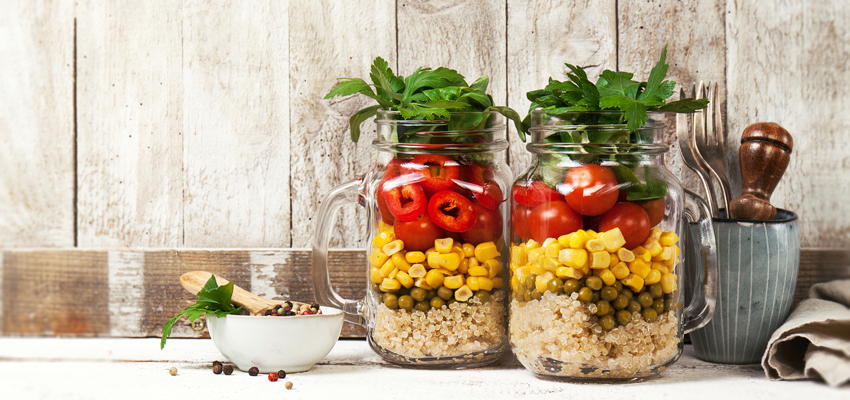The trend scouts looked deep into their crystal bowls and published their opinion in a report with the title Shifting Sands: Trends Shaping the Food Industry”.
Without further commenting we like to present the five trends that were summarised from 170 experts. As a service laboratory we are also looking for the threats that may come up and need to be considered with respect to the adaptation of analytical portfolio and the necessity to build-up in-house expertise:
“Grains, fruits, & vegetables”: The trend towards consumer’s exploration of regional and ancient grains like farro, sorghum, hemp seed etc. will go on as long as clinical health studies support their benefits and contribution to a healthy diet lowering obesity rates. Within the fruit markets in Europe we see a growing interest in exotic fruits like jack fruit and varietal berries, “new” citrus fruit and new hybrides like pluot (chines plum & apricot). The vegetable market will see an increase in mushroom varieties, a revival of root vegetables like parsnips and sea greens will attract food pioneers.
“Plant & animal protein continue to diverge”: the animal protein sources show no really exciting new trends, except for some exotic preparations like jerky from fish and ne sausages. In seafood we will see more “seacuterie”, octopus and tinned seafood. The typical proteins sources like beans, lentils, and tofu (soy) will be supplemented by more exotic ones from water hemp, adzuki beans and seitan.
“Trending cuisines” according to the authors of the study are: Cuban, Israeli, Filipino, French and Moroccan cuisine as well as a trend to regional dishes, which for sure also be expected for Europe. Also streetfood will stay a hype as well as the slow-food trend with smooth cooking techniques like sous-vide and low-temperature cooking. The spice trends will show a tendency to spicy, woody, earthy and savoury flavours, replacing the extremes of previous periods. Tamarinde, sumac, rosemary, pandan and basil will be used to pimp up even traditional dishes. International spice blends are from Egypt, Ethiopia, Korea, the Philippines and Argentina.
Let’s believe and enjoy!
By the way: Actually the demand for premium Balsamico vinegar seems “insatiable” referring to a notice on FoodNavigator web portal implicating a high risk to attract food fraud criminals, as confirmed by the Italian Ministry of Agriculture. However, there is nothing illegal with cheap supermarket brands of Balsamico vinegar, if they contain additives like colouring with caramel (E 150) or sulphites etc., as long as this is clearly stated on the label.
And exactly this is the open door to fraud! Low qualities are sold as aged premium vinegars by false declaration. Even a high price is no proof for high quality, very similar to olive oils!
Authenticity of food products and ingredients will become more and more important.
AGROLABGROUP is well prepared to offer analytical support ensuring food integrity, which means safety, hygiene and authenticity along the process chain.

Author: Dr. Frank Mörsberger

 Contact
Contact

 Contact
Contact Career
Career